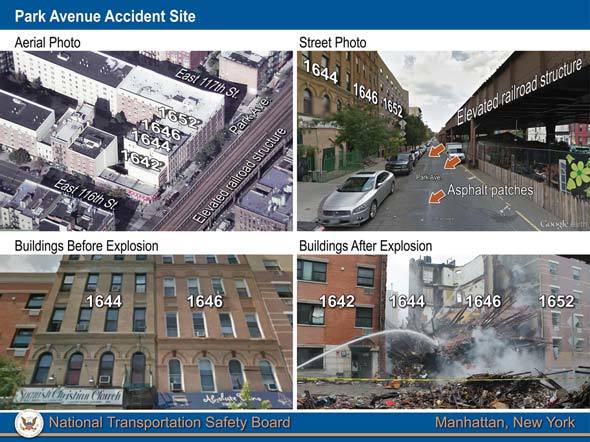phllp581
Civil/Environmental
- May 1, 2015
- 15
Can someone briefly descibe the differences between butt fusion and electro fusion. My understanding is butt fusion uses heat to connect the butt ends of pipe while electro fusion runs electrcity through a fitting connecting two pieces of pipe to connect the pipes with the fitting. Is it possible to butt fuse fittings (90's, reducres, tee's, etc) or must they always be electro fused?


